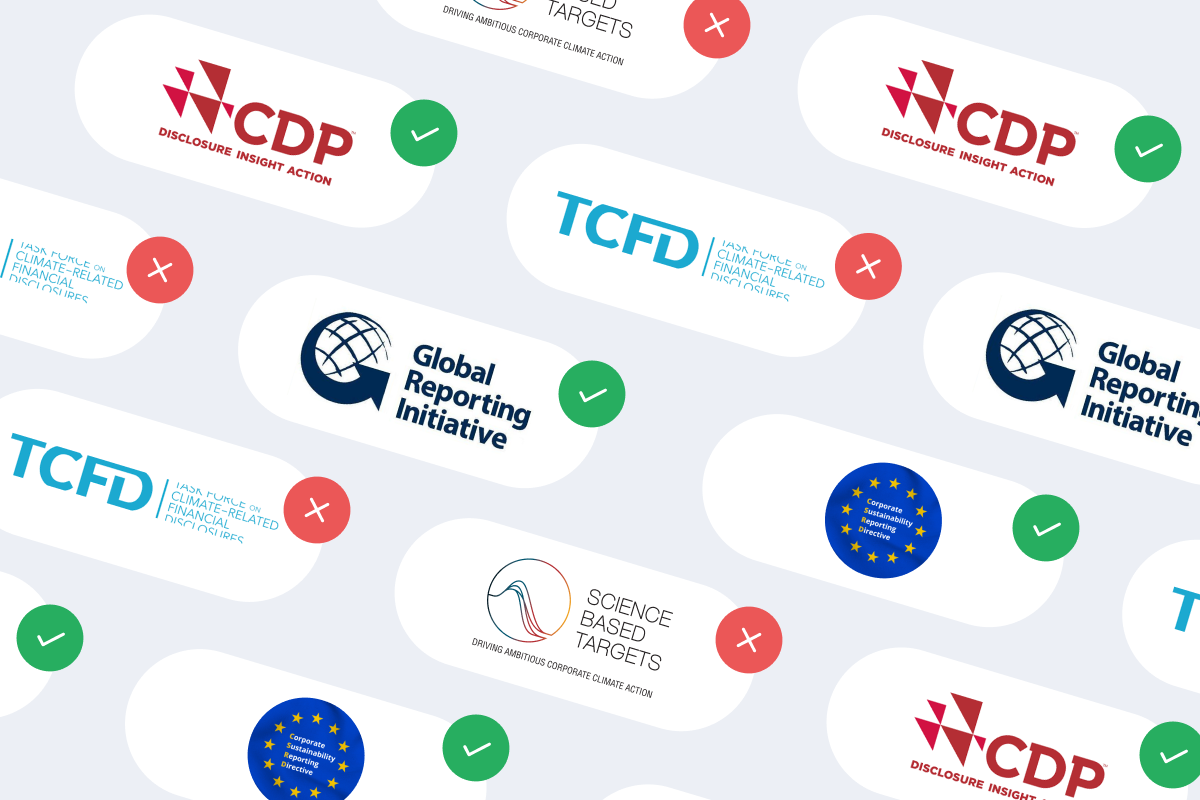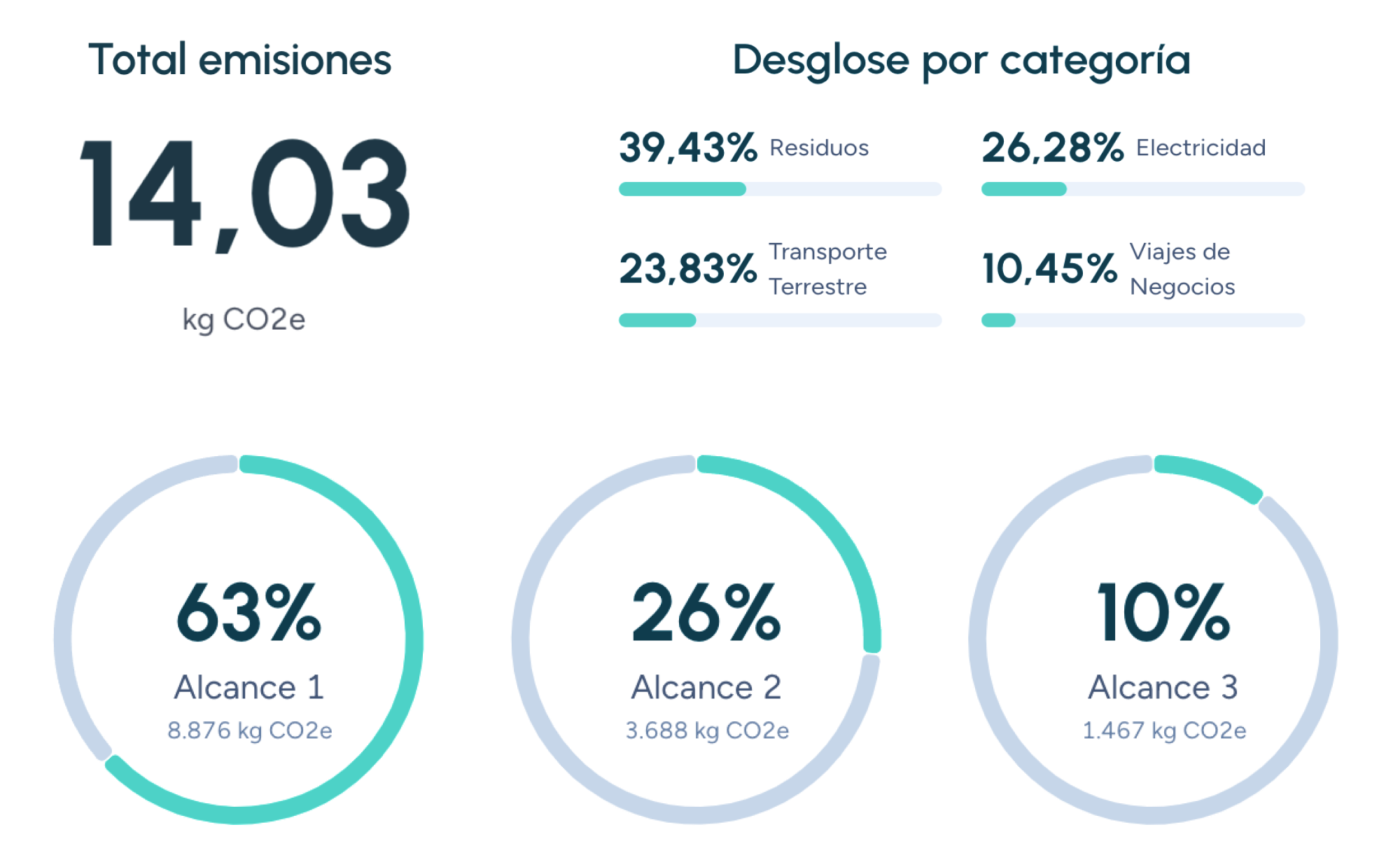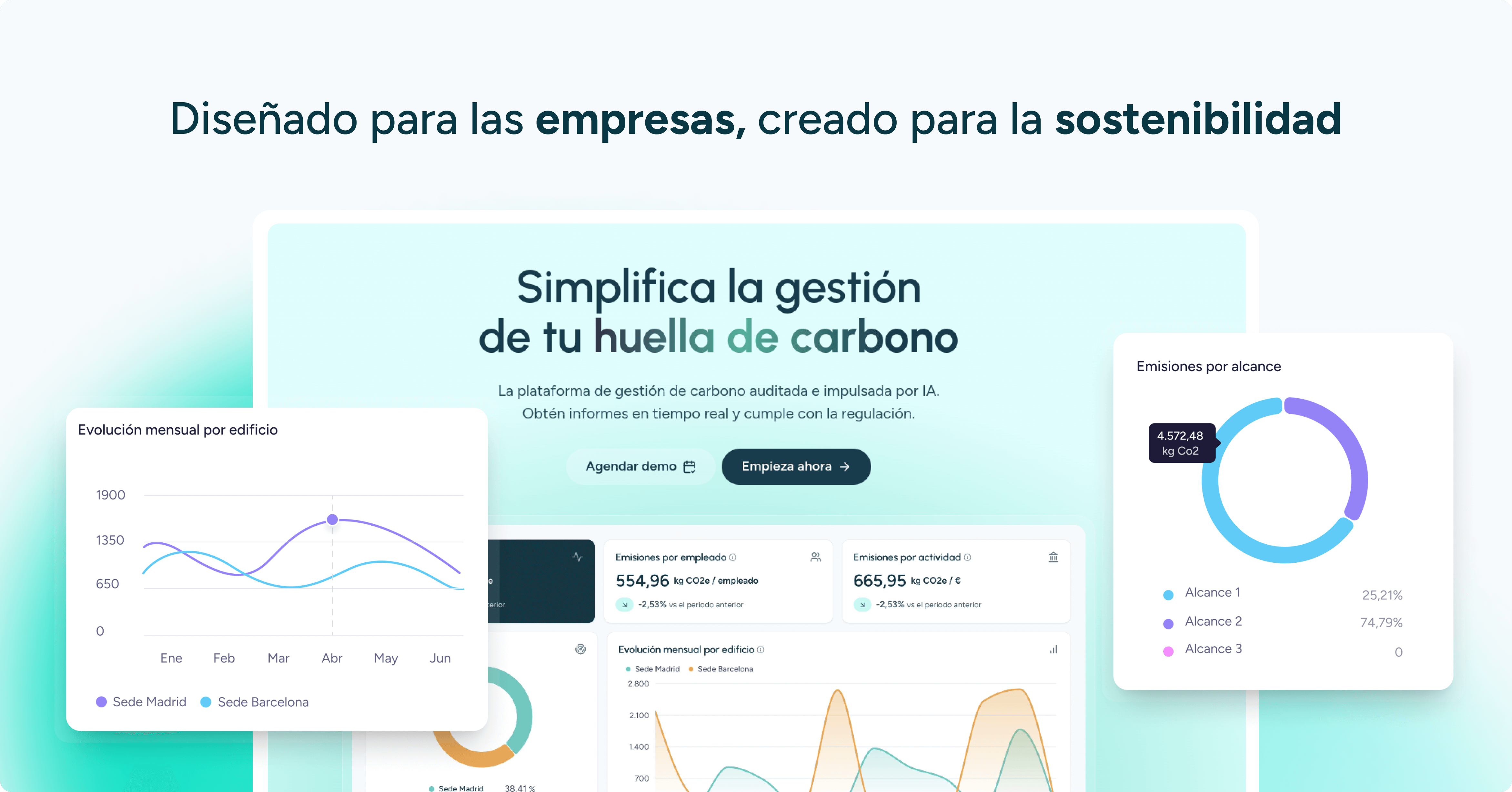Carbon budget
The carbon budget is a crucial concept in the fight against climate change. It refers to the total amount of carbon dioxide (CO₂) that can be emitted into the atmosphere without exceeding a specified level of global warming. In other words, it represents the emission limit we must adhere to in order to avoid the worst impacts of climate change.
Greenhouse gases and the greenhouse effect
To understand the carbon budget, it is essential to first understand the greenhouse effect. Certain gases in the atmosphere, such as carbon dioxide (CO₂), methane (CH₄), and nitrous oxide (N₂O), trap heat from the Sun. This natural phenomenon, known as the greenhouse effect, keeps Earth warm enough to sustain life.
However, human activities, such as burning fossil fuels (coal, oil, and natural gas) for energy, deforestation, and intensive agriculture, are releasing large amounts of greenhouse gases (GHG) into the atmosphere. This excess of emissions is intensifying the greenhouse effect, leading to a rise in global temperatures.
Global warming and its consequences
Global warming has severe consequences for the planet, including:
- Rising sea levels: The melting of glaciers and polar ice due to rising temperatures is increasing sea levels, threatening coastal communities.
- Extreme weather events: Global warming is making hurricanes, droughts, floods, and wildfires more frequent and intense.
- Loss of biodiversity: Climate change is disrupting ecosystems and endangering the survival of many plant and animal species.
- Impacts on human health: Extreme heat, air pollution, and the spread of vector-borne diseases are among the major health risks linked to climate change.
The carbon budget: A limit on emissions
To prevent the worst effects of climate change, the scientific community has set a global warming limit of 1.5°C above pre-industrial levels. To meet this target, the total amount of CO₂ emissions released into the atmosphere must be strictly limited.
How much CO₂ can we still emit?
The remaining carbon budget refers to the amount of CO₂ that can still be emitted without exceeding the 1.5°C warming limit. According to the Intergovernmental Panel on Climate Change (IPCC), as of early 2023, the remaining carbon budget for a 50% probability of keeping warming below 1.5°C was approximately 500 gigatons of CO₂.
The urgency of climate action
The carbon budget is rapidly running out. As we continue to emit GHGs, the remaining amount of CO₂ that can be emitted without surpassing the 1.5°C threshold keeps shrinking.
Why the carbon budget matters for businesses
The carbon budget is not only relevant on a global scale but also for businesses. Companies are increasingly aware of their environmental impact and the need to reduce their GHG emissions.
Corporate responsibility and climate change
Businesses have a responsibility to take action against climate change. Calculating and managing their carbon footprint is the first step toward understanding their impact and setting emission reduction goals.
Benefits of carbon management
Managing carbon emissions is not only beneficial for the planet but also for businesses, as it offers:
- Enhanced corporate reputation: Consumers are becoming more environmentally conscious and prefer businesses that prioritize sustainability.
- Cost reduction: Improving energy efficiency and reducing resource consumption can generate significant savings.
- Access to new market opportunities: The shift toward a low-carbon economy is creating new business opportunities in sectors such as renewable energy and energy efficiency.
- Regulatory compliance: Environmental regulations are becoming stricter, and non-compliance can result in financial penalties.
Understanding and managing the carbon budget is essential for both global climate action and corporate sustainability. By taking proactive steps, businesses can reduce their carbon footprint, align with international climate goals, and contribute to a more sustainable future.
Companies that already trust manglai














Carbon footprint monitoring
Discover how carbon footprint monitoring can help you reduce your environmental impact. Learn to measure and manage your CO₂ emissions for a more sustainable future.
Carbon footprint registry
The carbon footprint registry is an essential tool for measuring and reducing greenhouse gas emissions, facilitating sustainability and compliance with global climate objectives.
Carbon footprint verification
Ensure the accuracy and verification of your carbon footprint. Learn about certification, standards such as the GHG Protocol and ISO 14064, and best practices with Manglai.
Guiding businesses towards net-zero emissions through AI-driven solutions.
© 2025 Manglai. All rights reserved
Política de Privacidad


